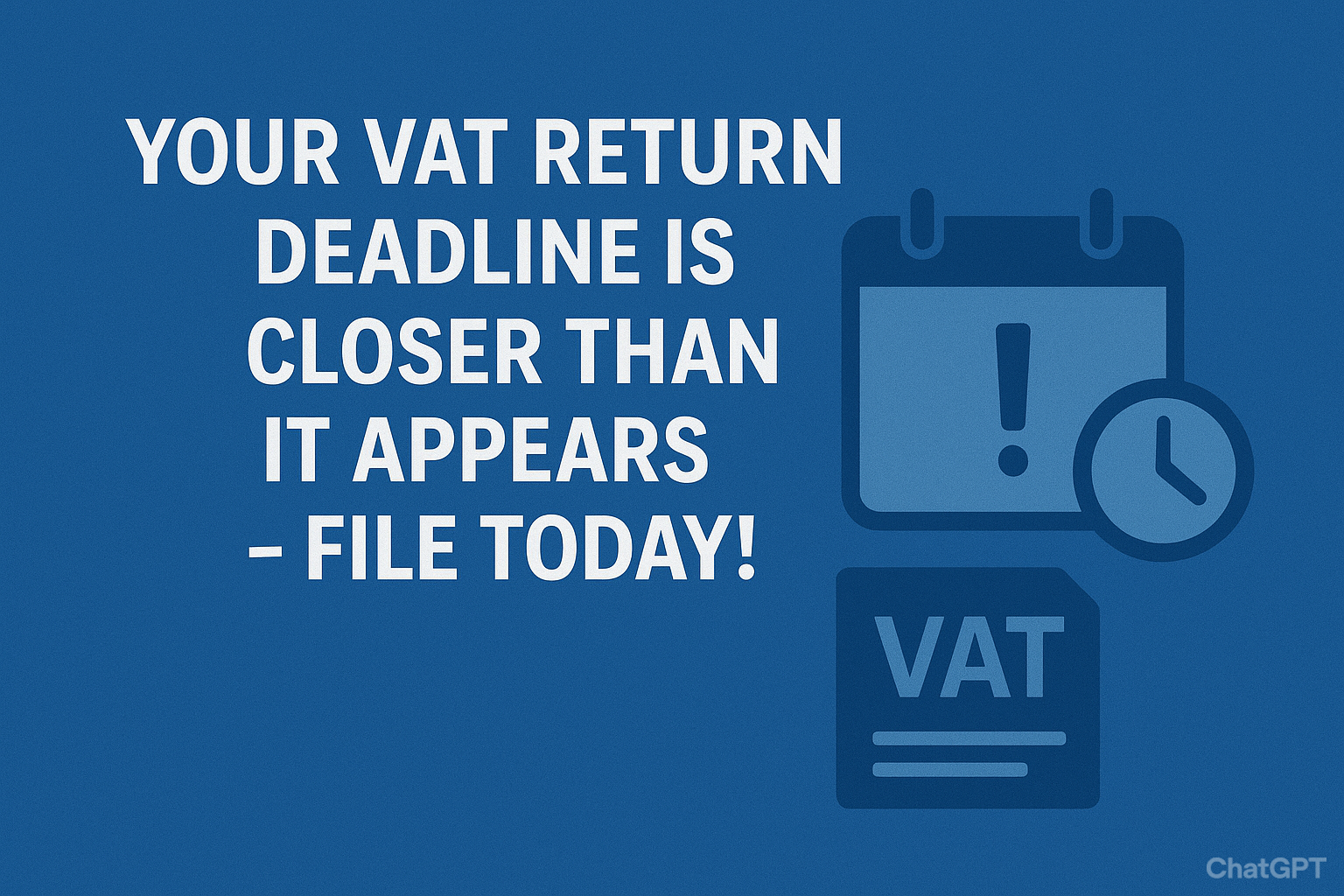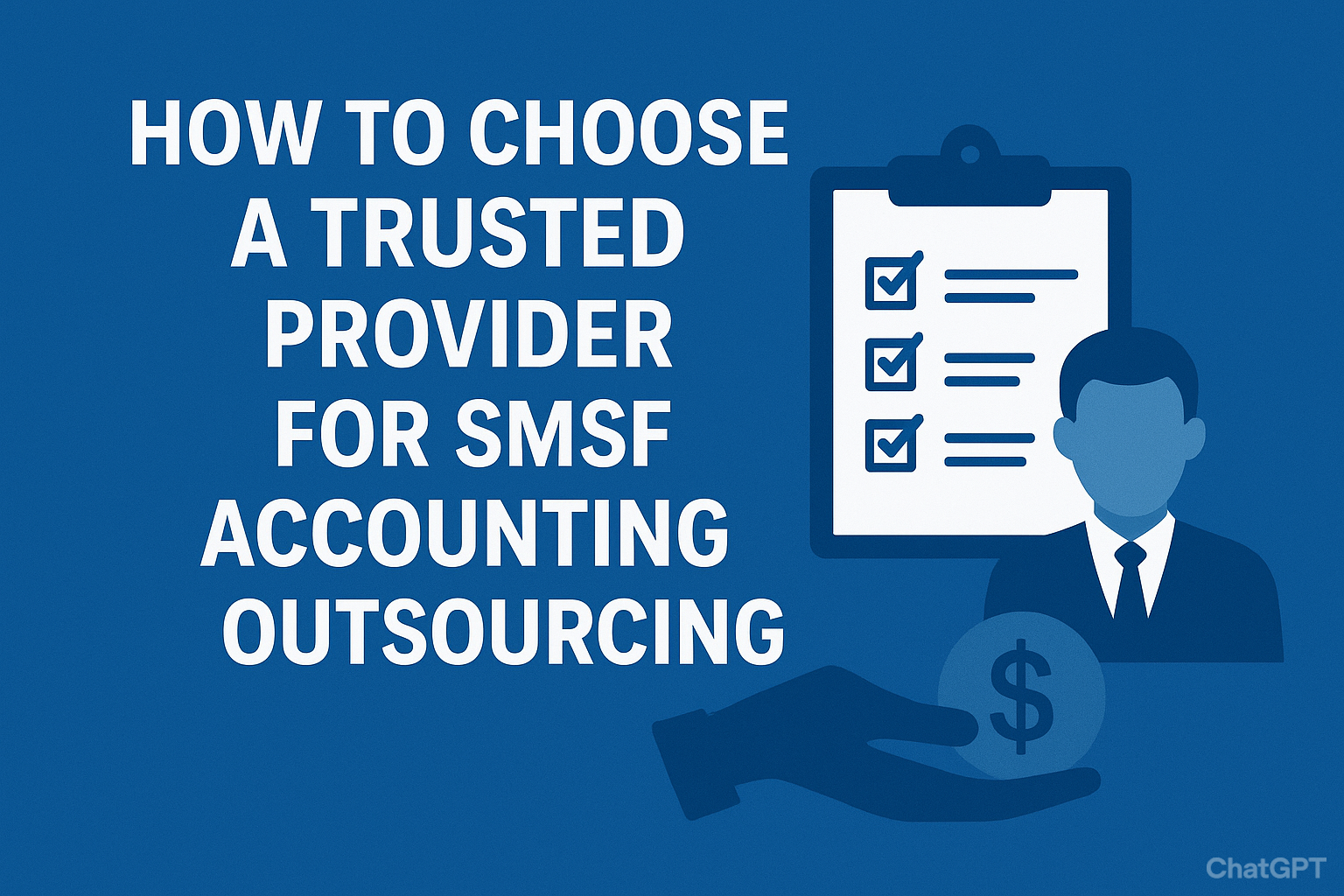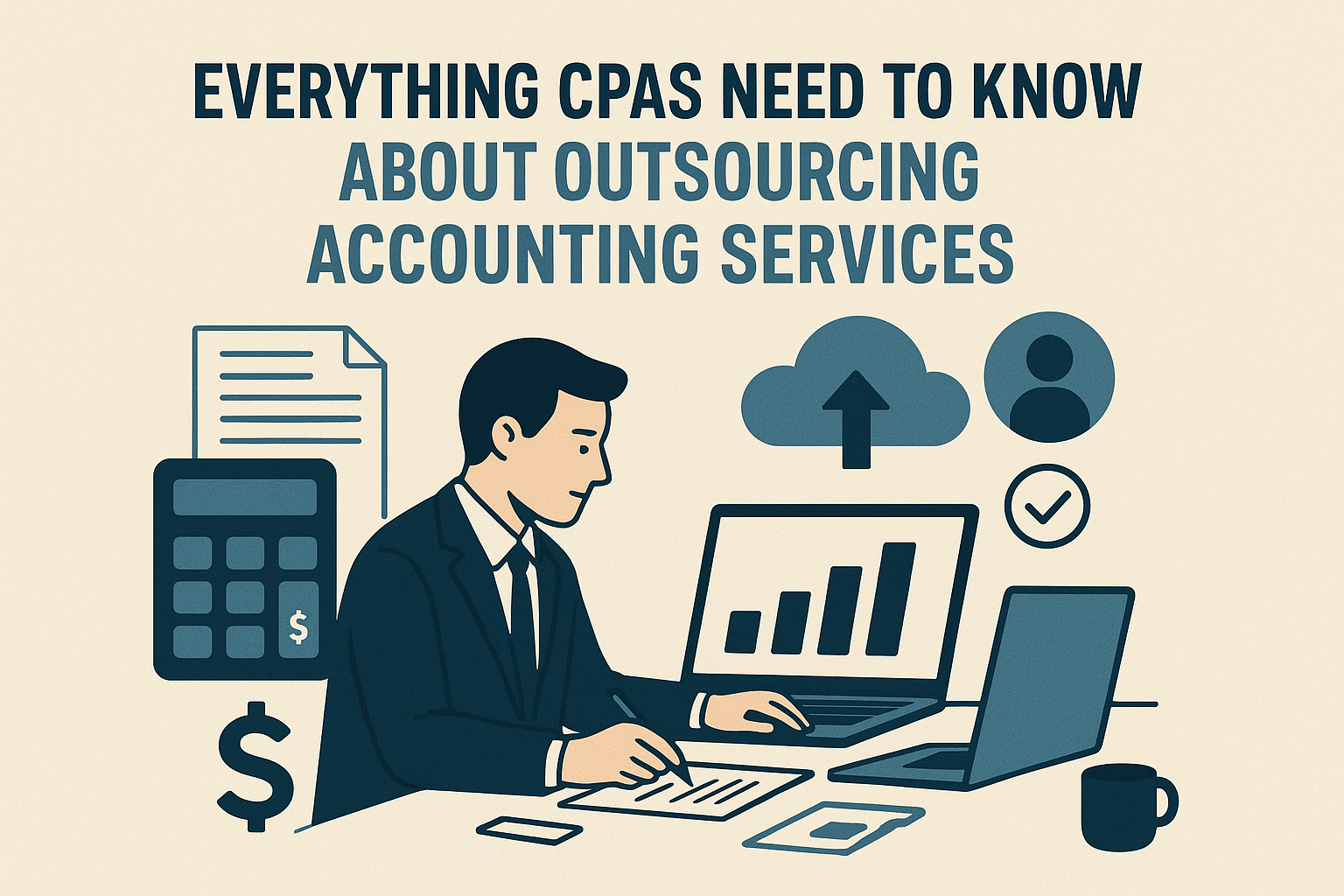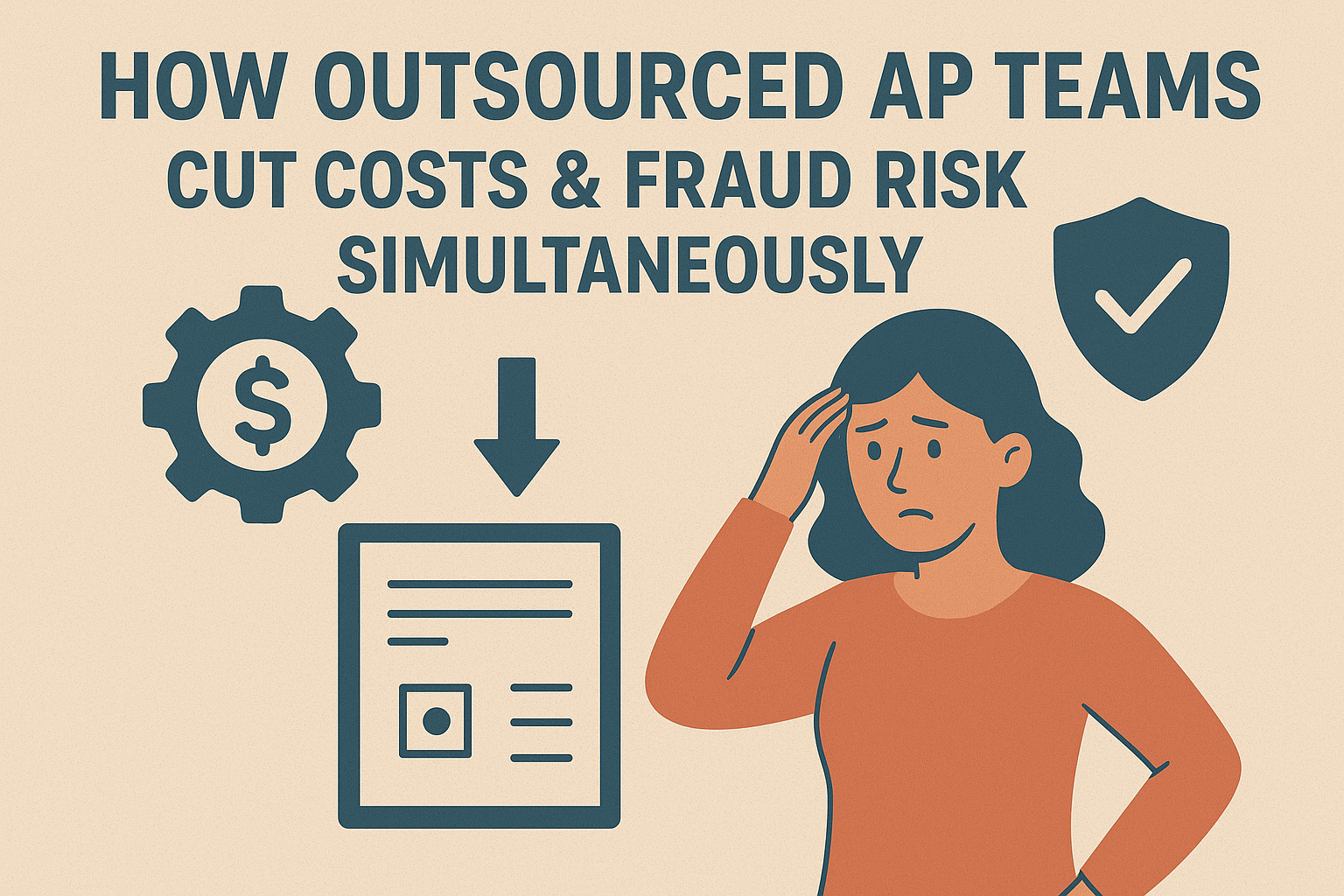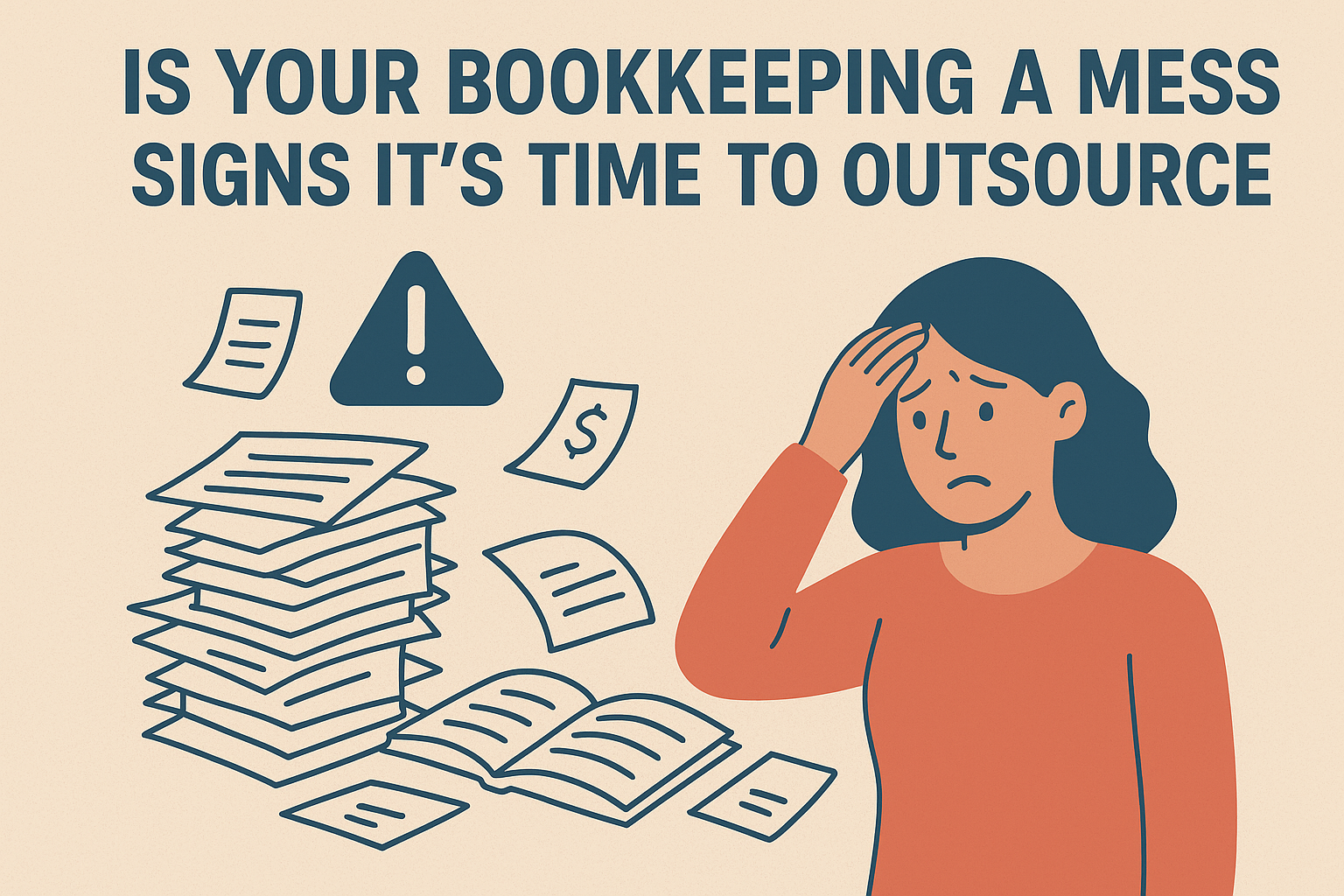Your VAT Return Deadline Is Closer Than It Appears – File Today!
It’s already August – is your VAT return submitted? Are you VAT-registered in the UK and do your VAT returns online in the quarter between April and June? The deadline is approaching: 7th August 2025. On the face of it, this can be construed as there is time, but the clock is moving, and HMRC does not entertain late submissions. Submitting your VAT online filing before the deadline and without any delays is not only a matter of staying compliant, but also a way to keep you free of unwanted stress, associated (hopefully minimal) penalties, and software issues. Failure to submit VAT return on time may result in fines, charges for unpaid VAT, and potentially affect your future record in handling HMRC compliance. Today’s VAT filing will help keep your records current, your liability in perspective, and your cash flow stable. Whether it’s a new start-up, an online retailer, or an established business, it is never too late to take the first step against an anticipated move or change of plan by the competition. We make the whole process easy at Aone Outsourcing. Our professional team helps you file returns on time, ensures complete reconciliation, and maintains HMRC compliance- no last-minute panic. What is a VAT Return and Who is Required It? A VAT return is a formal statement submitted to HMRC by VAT-registered companies of any type, detailing the VAT charged on sales and the VAT paid on purchases during a specified period, such as a quarter. This is intended to determine whether you are required to pay VAT to HMRC or are entitled to a refund. VAT has been mandated for all businesses registered in the UK, focusing on both domestic and international companies. According to the Making Tax Digital requirements of the UK, VAT returns must be submitted online, and the associated records must be maintained in digital form using compatible programs. This is the case with limited companies, partnerships, sole traders, as well as non-resident companies that have UK-taxable supplies. VAT accounting periods are quarterly, but businesses may choose to file their VAT on a monthly or annual basis. Knowing your deadlines and VAT responsibilities effectively will help you avoid compliance risks and minimize last-minute financial exposure. In cases where VAT is overwhelming, most companies enlist the services of VAT outsourcing to ensure proper and timely submissions. The VAT Return Deadline: 7th August Each VAT period, HMRC expects businesses to not only file their VAT online but also pay any outstanding VAT by no later than one month and seven days after the end of the VAT period. This implies that at the end of the Q2 VAT quarter (April to June 2025), the formal deadline for the VAT return would essentially be August 7, 2025. This includes: Its deadline closes at midnight (UK time) on the due date. Losing this deadline-even by a few minutes-may lead to: HMRC systems can track submission history and automatically impose penalties for non-compliance, particularly under the new penalty point regime. Businesses should submit VAT returns in advance or utilize professional VAT outsourcing services to prevent last-minute problems, such as server delays, reconciliation mismatches, or incorrect numbers. What Happens If You Miss the VAT Return Deadline? Failure to meet the VAT return deadline may present significant financial and compliance issues for your business. HMRC has a penalty points regime, and every time a submission is late, it will incur points. In addition to this, automatic late submission fines due to failure to file on time carry a penalty of up to £200, with further additional fines applying progressively for each subsequent late filing. Moreover, failure to pay VAT within the given period attracts interest of 2.5% and the bank base rate set by the BoE, and this can increase to very high rates, thus lowering your working capital. Failing to file VAT returns would also constitute a violation of UK tax laws, which carry the risk of investigation or audit for habitual offenders. Besides the penalties, late deliveries negatively impact your score of conformity, erode investor confidence in you, and potentially damage relations with suppliers or partners. Automation of the process is a primary component of eliminating such risks through professional VAT outsourcing services. Through Aone Outsourcing, you can submit VAT returns online accurately and on time, ensuring full compliance and avoiding penalties. Sales and purchases across jurisdictional VAT (e.g., distance selling, such as EU B2B reverse charge) have a perplexing reporting effect. Businesses located between the borders, in particular, find it challenging to apply the correct VAT treatment in their returns. Common Challenges in VAT Filing Even experienced businesses struggle with furnishing and filing their VAT returns. These difficulties can lead to errors, delays, and a failure to comply with HMRC’s requirements. Some of the erroneous engagements that a business undertakes during VAT filing are as follows: 1. Manual Input Error of Data Keeping records through manual invoices, receipt of goods, and purchase records can result in errors when typing in numbers or failing to keep records. These minor errors can prove crucial, resulting in incorrect VAT returns, which may lead to fines being imposed or, if the business is under audit, to significant consequences. 2. False Classification of Goods and Services VAT rates vary depending on the category (standard, reduced, zero-rated, or exempt). Misclassification of items leads to incorrect calculations and potential overpayments or underpayments of VAT. 3. Complicatedness in EU and Non-EU transactions Sales and purchases across jurisdictional VAT (e.g., distance selling, such as EU B2B reverse charge) have a perplexing reporting effect. Businesses located between the borders, in particular, find it challenging to apply the correct VAT treatment in their returns. 4. Poor VAT Reconciliation The mismatch of VAT in more than one accounting system, bank statement, and invoice may occur because of a failure to reconcile VAT. This is not easy to verify the reported VAT information with the help of a substantial VAT reimbursement administration, except through the correct avenues of VAT reconciliation services.

